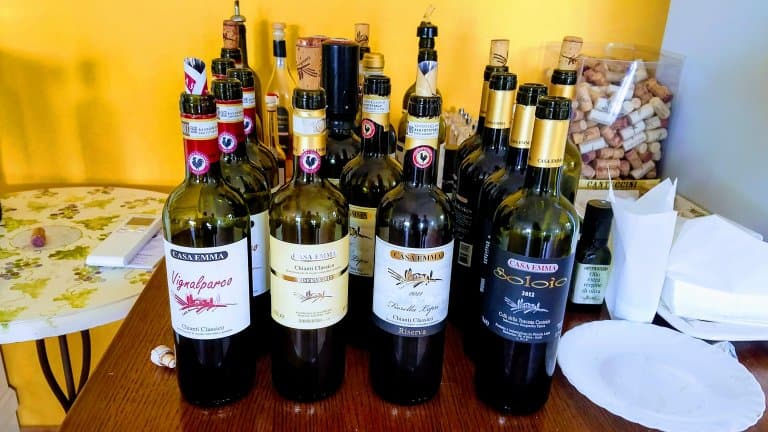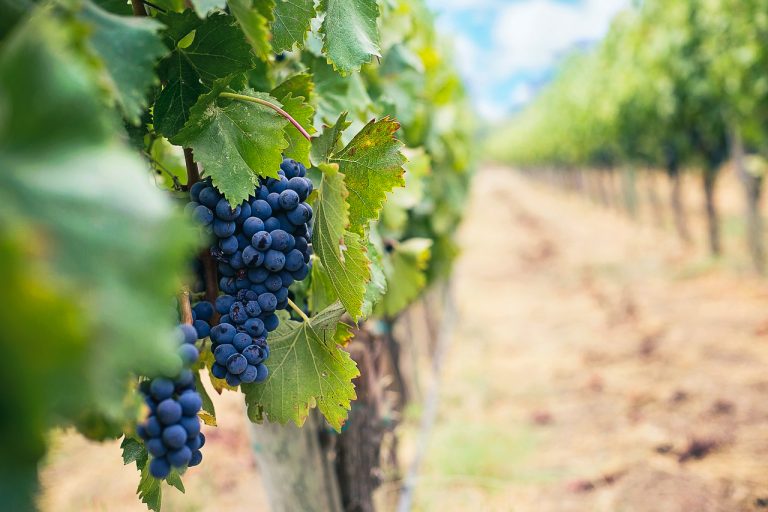New World Wine: what is it and why you should taste it asap!
Wine grapes, also known as Vitis vinifera, can grow all over the world.
That being said, if you intend to make wine worth drinking, there are certain climate and topographical factors to seek out or avoid.
Because the new world encompasses so many different continents and climates, it produces an extremely diverse array of wines. Some are good, some are bad, and some are downright ugly.
The old world, which consists predominantly of a handful of European countries, is a tighter, more closely related group of wine producing nations. The new world is scattered and not unified, which makes it ideal for innovation and experimentation.
Though a few new world wine regions date back a few hundred years, most are relatively young, compared to the centuries or even millenniums of wine production some old world regions have under their belts.
Nevertheless, depending on who you ask, some of the finest, most age-worthy wines in existence are new world wines.
**Boozing Abroad contains affiliate links throughout the site. If you choose to purchase items through these links, we will earn a small commission at NO extra cost to you. Read the full disclosure policy here**
What are new world wines?
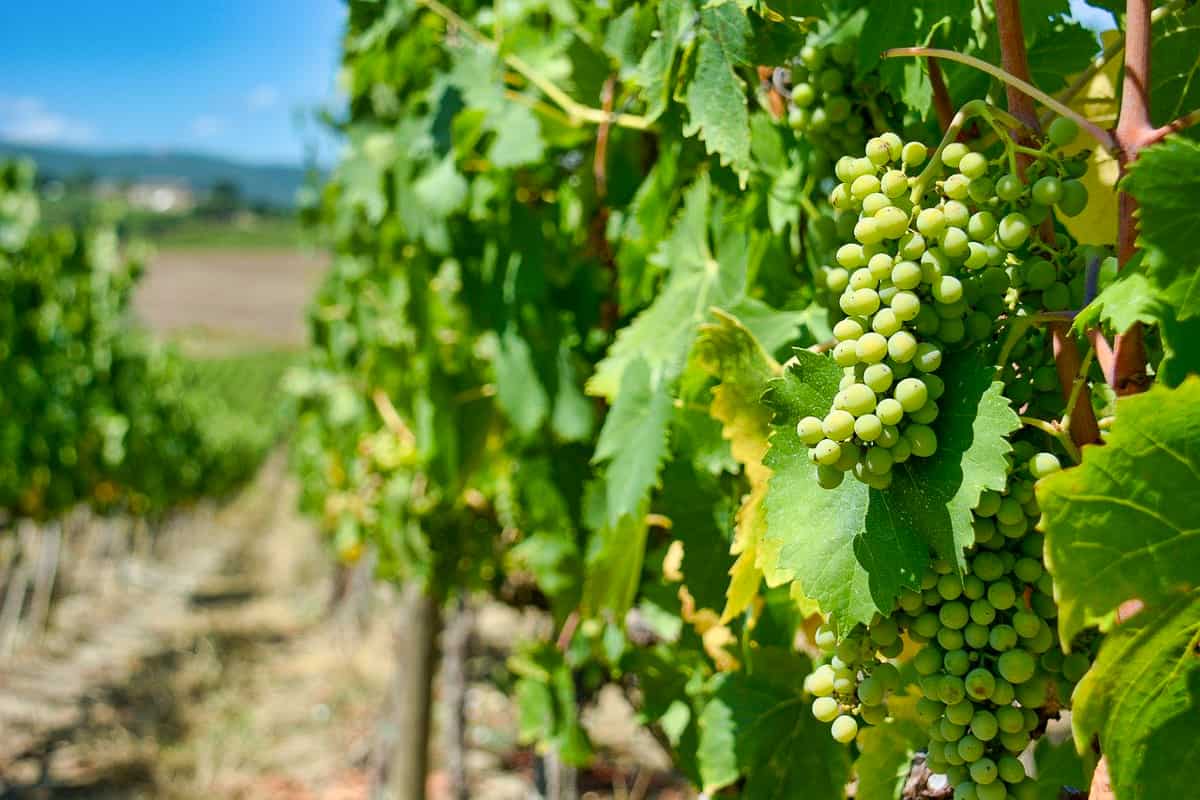
New world wines, as the name heavily suggests, are wines produced in what is classified as the “new world.” The old world mostly consists of Europe, so the new world literally includes everywhere else wine is produced.
The most important new world wine countries to know are the United States, Argentina, Chile, New Zealand, Australia, and South Africa.
There are plenty of others, but those are some of the biggest names.
They produce the most well-known and arguably best new world wines. As for specific regions, Napa and Sonoma in California, Mendoza in Argentina, and Marlborough in New Zealand are all major new world wine regions.
Because so many different countries are included in the new world, there are not a lot of regulations or specifications that unify new world wine.
Some individual countries have their own standards and classification systems, but they tend not to be nearly as strict or comprehensive as the wine laws in Europe, especially France and Italy.
This is why new world wine makers are often thought of as disruptors. They have the freedom to experiment in ways that European wine makers cannot or will not, as the case may be.
How are new world wines identified?
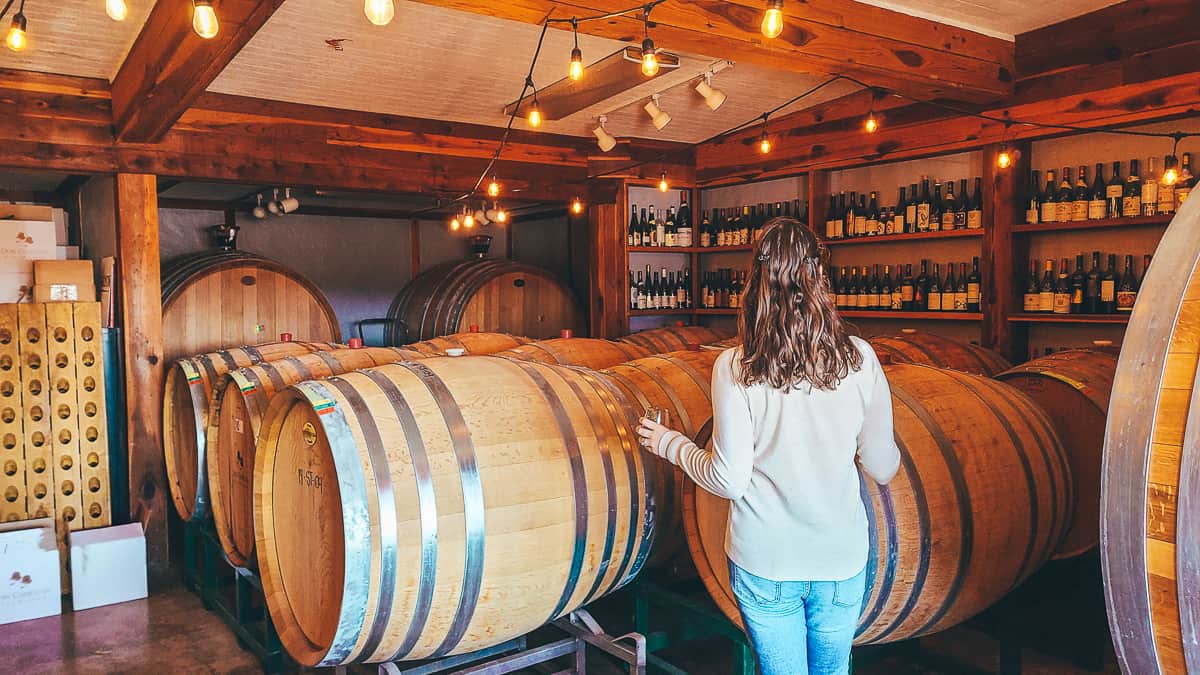
New world wines are often harder to identify than their old world wine counterparts. This is because they aren’t similar and subject to less regulations, so you are a lot less likely to encounter clear labeling. Even if wines are labeled with a specific region, this may mean very little.
A French wine labeled “Burgundy” has specific criteria it must meet, apart from just the location alone.
On the other hand, in the United States, producers are allowed to label wines “Chablis” or “Burgundy,” without having met any standards whatsoever.
With that disclaimer out of the way, there are ways to determine the location, quality, and character of new world wines.
The label – why you should judge a book by its cover
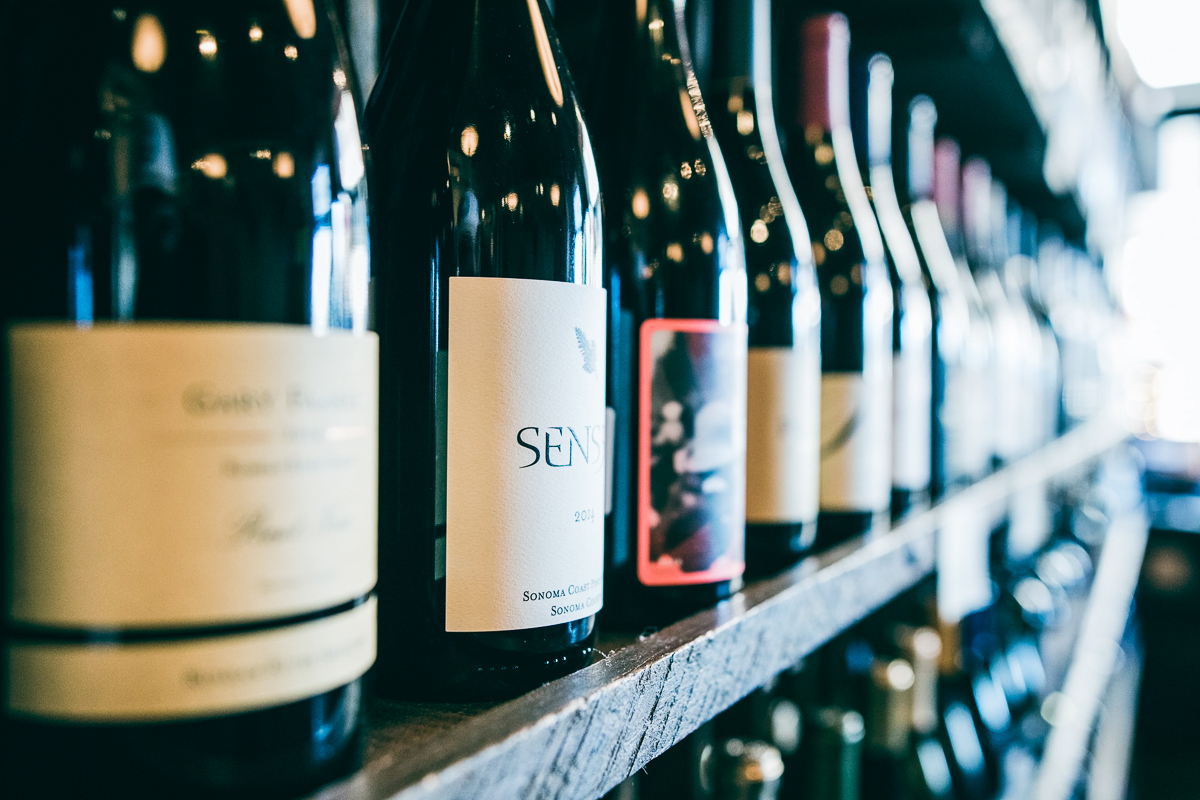
The label is obviously the best place to start.
If the region is significant, it will most likely appear on the label. Wines from Sonoma, California will be labeled as such. In fact, they may contain more specific regional information, such as Russian River Valley, which is an appellation within Sonoma.
In addition to this, the wine will almost certainly be identified by the grape that comprises it. Chardonnay and cabernet sauvignon are not regions but grapes.
Most new world wines are primarily identified and differentiated by grape. The region is often listed as a secondary component, if at all. This is essentially the reverse of how labeling is handled in Italy and France, where location is everything.
So, if you have a cabernet from Napa valley, you will likely see both pieces of information on the label. If the region is less significant or the wine is on the cheaper or more mass-produced side of things, the region may not appear at all.
Now that we are done judging books by their covers, we can get into the flavor of things.
When it comes to taste, new world wines are typically bolder than old world wines.
You are likely to get more fruit intensity and high alcohol content than with European wines. Climate and temperature are the primary reasons for this, as the new world wine producing regions tend to be warmer.
Warmer weather leads to sweeter, heartier grapes, which lead to fruitier, boozier wines.
What are the new world wine countries?
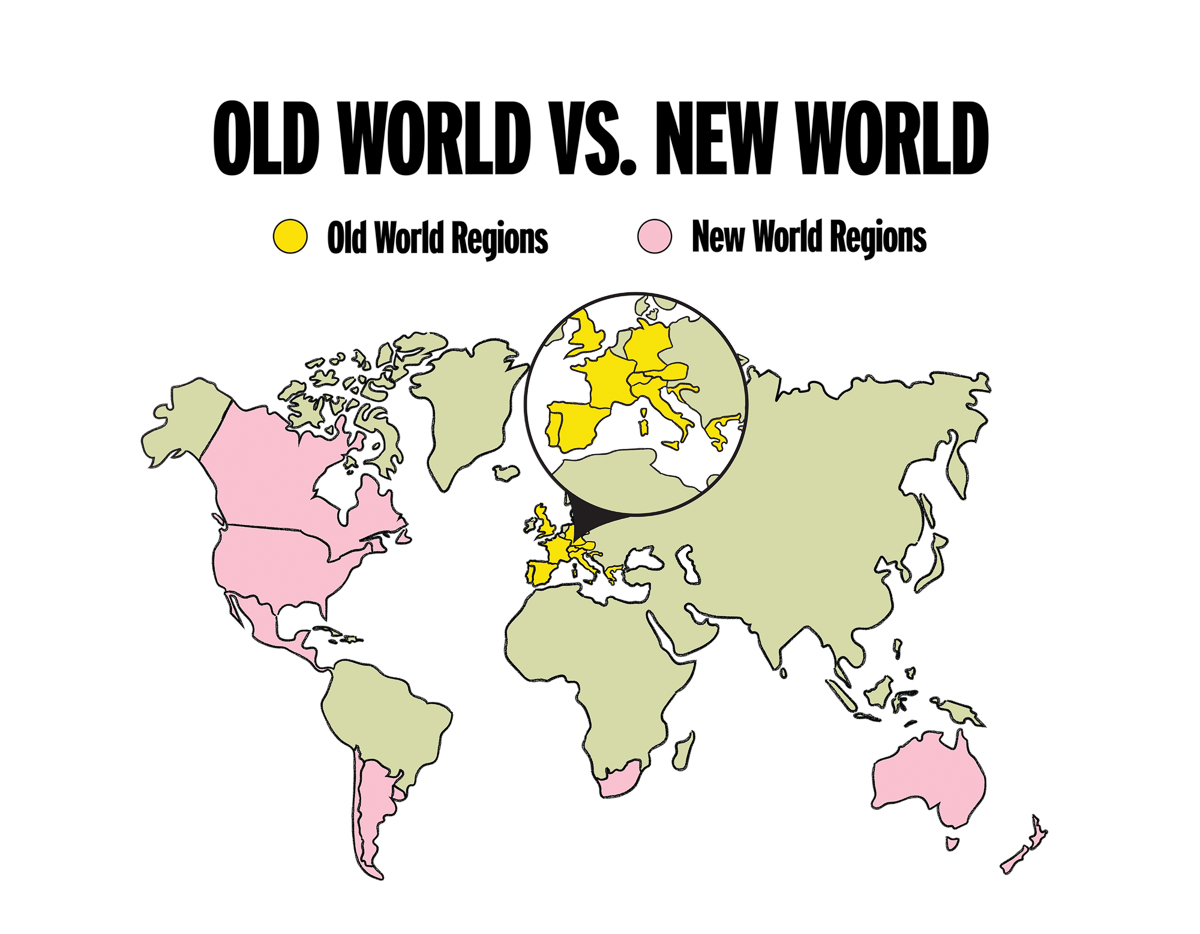
Having said that, there are only a handful that produce a significant amount for international distribution. Those are the USA, Australia, New Zealand, South Africa, Chile, Argentina, and Canada.
USA

The United States is so big and diverse that each state stands alone, in terms of what to expect. While most of the wine in the US is produced on the West coast, there are some great wines grown and produced elsewhere.
New York state, for instance, has the Finger Lakes region, which is known for its riesling.
Most of the action in the US occurs in the West. Willamette Valley in Oregon produces subtle, earthy pinot noir. In the new world, it is the closest to Burgundy one can get.
To the North of Oregon lies Washington state, one of the most versatile new world wine areas. Columbia Valley produces cabernet and merlot blends comparable to or even better than their French counterparts in Bordeaux.
Of course, it is California that is the epicenter of new world wine in North America.
There are several important wine regions in California, most of which are located in the North.
The two most important to know, not to mention the most expensive, are Sonoma and Napa. Wine makers in Sonoma rely on a variety of grapes, but pinot noir and chardonnay are most often associated with the region.
Napa Valley is the region in the United States that tends to command the highest price. While an assortment of grapes grow here, big, bold cabernets are the region’s claim to fame.
In fact, if intense, assertive cabs are your thing, Napa should be your holy land. Virtually no red wine in the old world tastes like a Napa cabernet. They are among the heaviest, fullest dry red wines in the world.
The United States actually has a very old wine history, in the context of the new world. Vineyards were established by the French almost five hundred years ago, on the East coast. In the West, they were established nearly four hundred years ago by the Spanish.
Australia
Like the US, Australia is a massive country, with a wide range of climates and soil types. Due to its latitudes, Australia is one of the warmest wine producing nations.
As you might have guessed, this means Australia tends to make fruit forward wines that are slightly higher on the alcohol scale. Because central Australia gets so hot, most wine producing regions are near the coasts.
Southern Australia is home to some of the most famous Australian wine regions, including Clare Valley, Eden Valley, and Barossa Valley. Barossa grows an enormous amount of shiraz, the grape known as syrah pretty much everywhere else.
Shiraz is a bold red grape that does well in warm weather. Australian shiraz often has a slightly hot, peppery taste, balanced by a little bit of fruit. Yarra Valley, in the Southwest, is slightly cooler, producing both red and white wines.
Historically speaking, wine grapes were brought over by English expatriates at the end of the eighteenth century. For a long time, Australia was mostly known for fortified sweet wines, locally known as “stickies.”
New Zealand

New Zealand is the shy cousin hanging out off the coast of Australia. Cooler, overall, than Australia, New Zealand grows wine that is distinctly different from Australian wine.
Though multiple grapes are grown here, it is sauvignon blanc that has made New Zealand famous among new world wine drinkers.
While most sauvignon blanc has a lemony flavor, New Zealand sauvignon blanc tends to showcase grapefruit notes. As for herbal notes, grass and basil tend to come through.
New Zealand sauvignon blanc can go well with seafood and chicken, but it truly shines when paired with soft goat cheese.
Though squarely in the new world, New Zealand does have some characteristics in common with European wine producing countries. The cooler climate is one reason. The other is the presence of well-defined regulations when it comes to labeling wine.
The history of wine in New Zealand dates back to the early 1800s. The country had relatively restrictive alcohol laws until 1990, and since then the wine business has grown enormously.
South Africa
Like Australia, South Africa is one the warm side for a wine growing nation. Needless to say, most of the wine is grown near the coast, towards the Southernmost tip of the continent, where the temperature is more regulated.
Like New Zealand, South Africa does implement some regulatory standards, when it comes to wine labeling. The vintage, grape, and region all must match what is on the label.
South Africa grows many of the same grapes grown in Australia. Syrah, as it is here known, is a popular red grape that grows quite well in the warmer climate.
Most famously, South Africa grows chenin blanc, an acidic white grape, and Pinotage, a highly controversial red.
South Africa’s wine history is older than that of many other new world wine countries. It dates back to the seventeenth century, when French and Dutch colonists began planting grapes there.
Chile
Though it appears a thin, sliver of a country on a world map, Chile covers a long area and encompasses multiple different climates.
It contains some of the hottest, driest deserts in the world, as well as cool, windy mountaintops and even permanent snow and ice in some areas.
There are many different grapes grown in Chile. Several of the most prominent were brought over from France’s famous Bordeaux region, the homeland of merlot, malbec, carmenére, and cabernet sauvignon. Carmenére, in particular, is popular.
The grape would likely have been lost to the annals of history, if it were not for its resurgence in Chile. As for regions, the most important are Maipo Valley, Casablanca Valley, and Curico Valley.
The history of wine in Chile is among the oldest in the new world. It dates back to the sixteenth century, when Spanish settlers brought grapes over from Europe.
Argentina
Argentina is one of the biggest and most prolific new world wine producing nations. In fact, it is one of the few nations in the new world whose production can rival that of the old world greats, like France and Spain.
Like Chile, Argentina benefits from the presence of the Andes mountains. Most of the wine produced in Argentina comes from the area east of the Andes.
Patagonia and Mendoza are the two main regions to know, and malbec is the most important grape by far. Argentina is to malbec what shiraz is to Australia.
They did not invent it, but they did make it their own.
Argentina received wine cultivation practices around the same time as Chile did, as they were being settled by the Spaniards.
Canada
Canada, being so far North, is not often thought of as a major wine producing nation. For the most part, they are known for ice wine, a German style that involves plucking the grapes while they are still frozen and pressing them right on the spot.
It is a dessert wine with an exceptionally clean profile. As for dry wines, Ontario and British Columbia contain vineyards producing chardonnay, riesling, and even reds like pinot noir. Wine cultivation dates back to the eighteenth century, having been introduced by French settlers.
New world wine is ultimately the second half of the old world wine story. What originated in the Mediterranean has since spread around the world, taking on new life in each region in which it ended up.
Wine is wine, but every country and even appellation does things a little differently. If the old world is where the traditions originated, the new world is where the real exploration and innovation happens.
Looking for more info on Old World Wine to understand the difference? We got you covered: The Complete Guide to Old World Wine and traditional wine making




